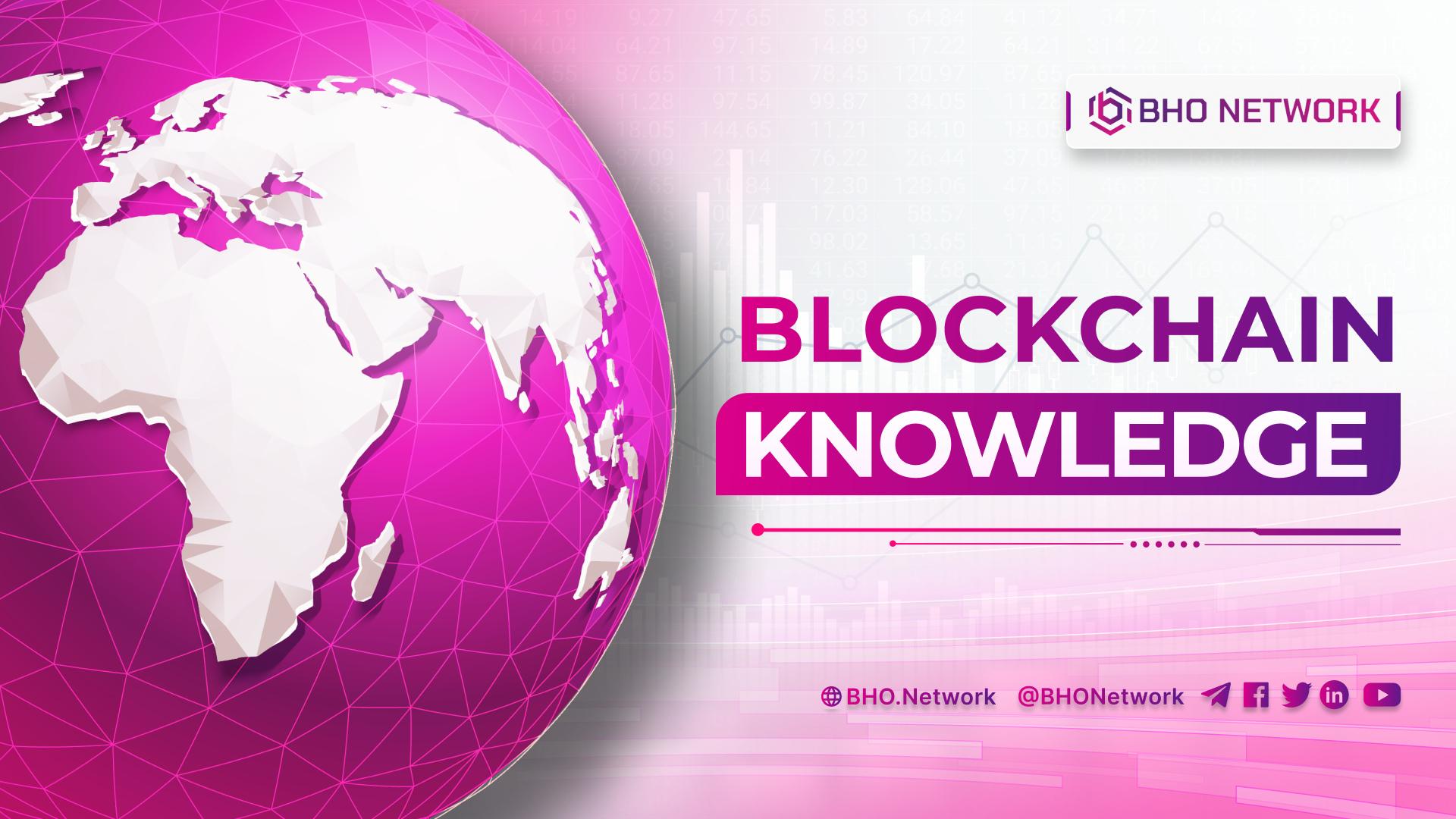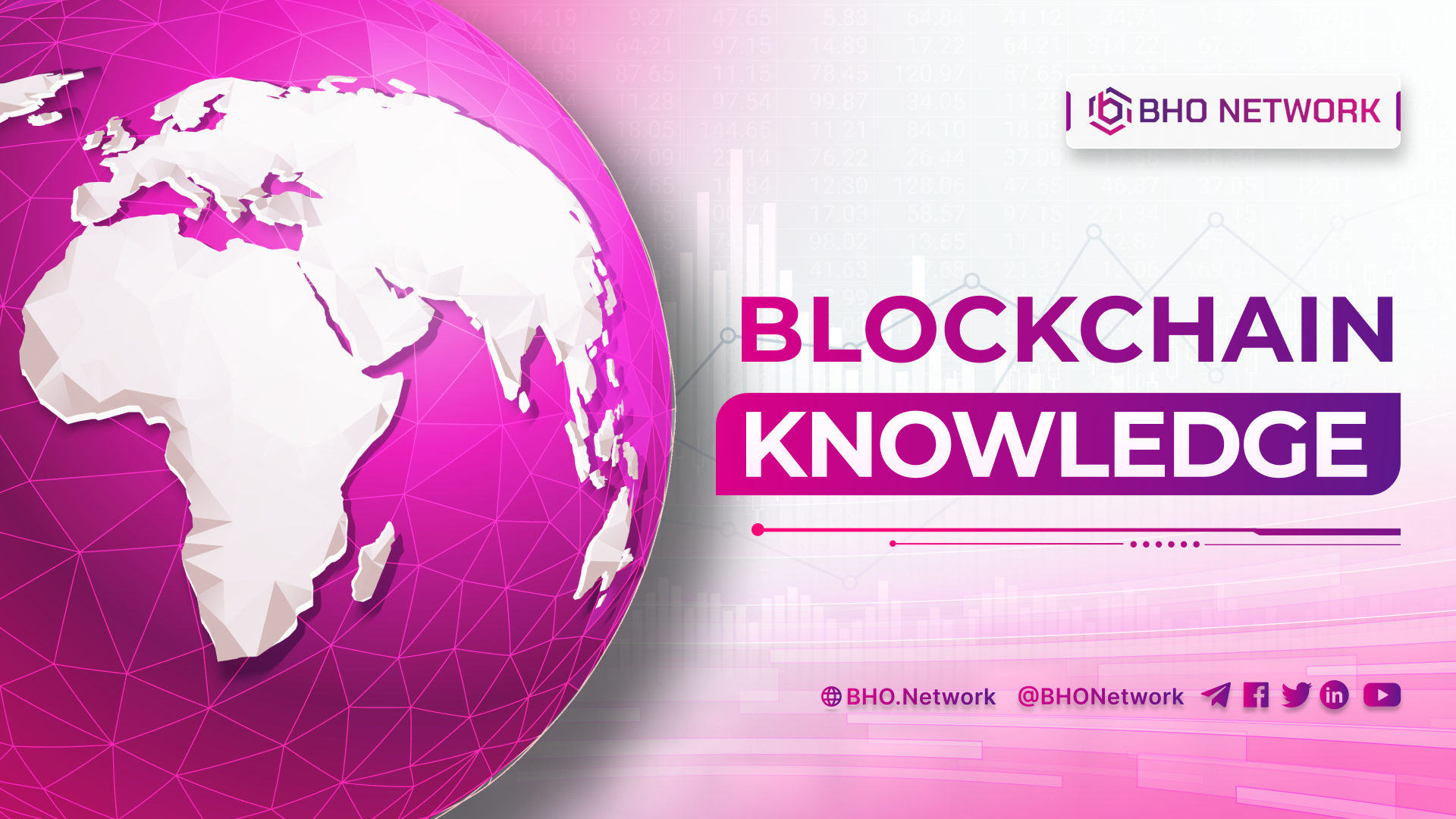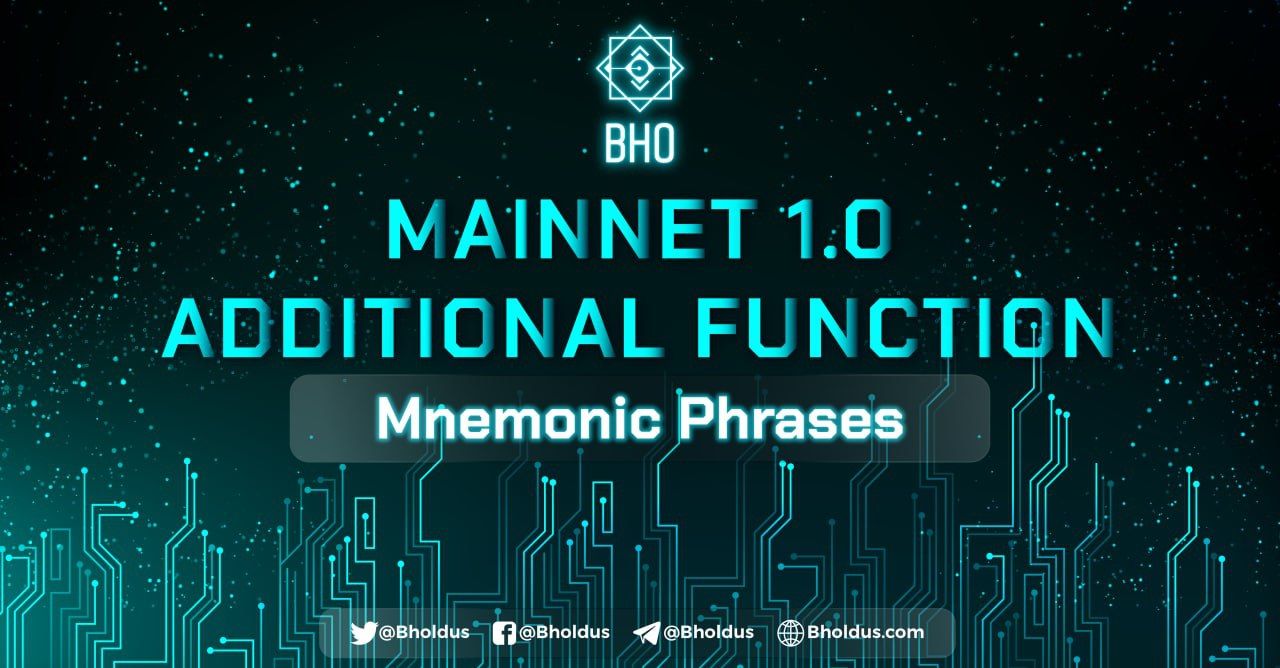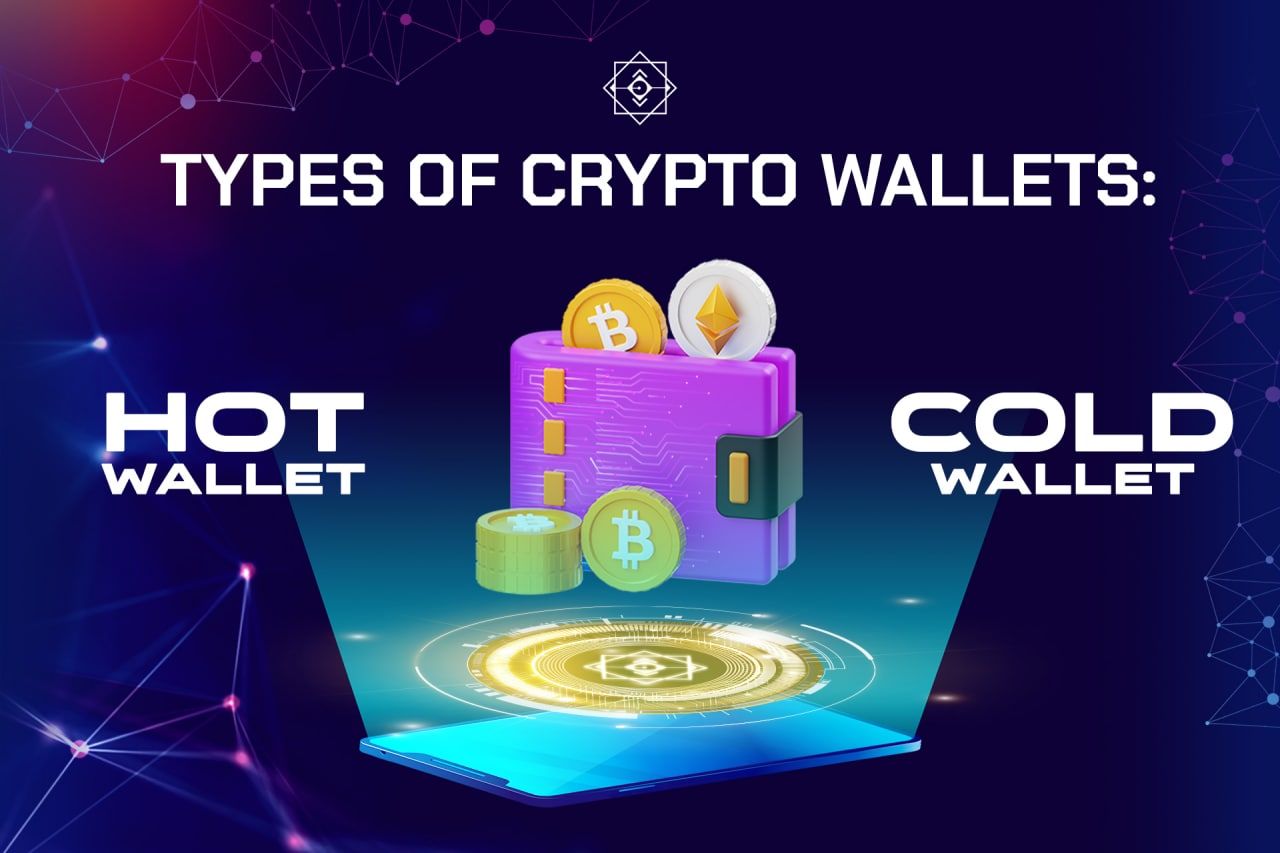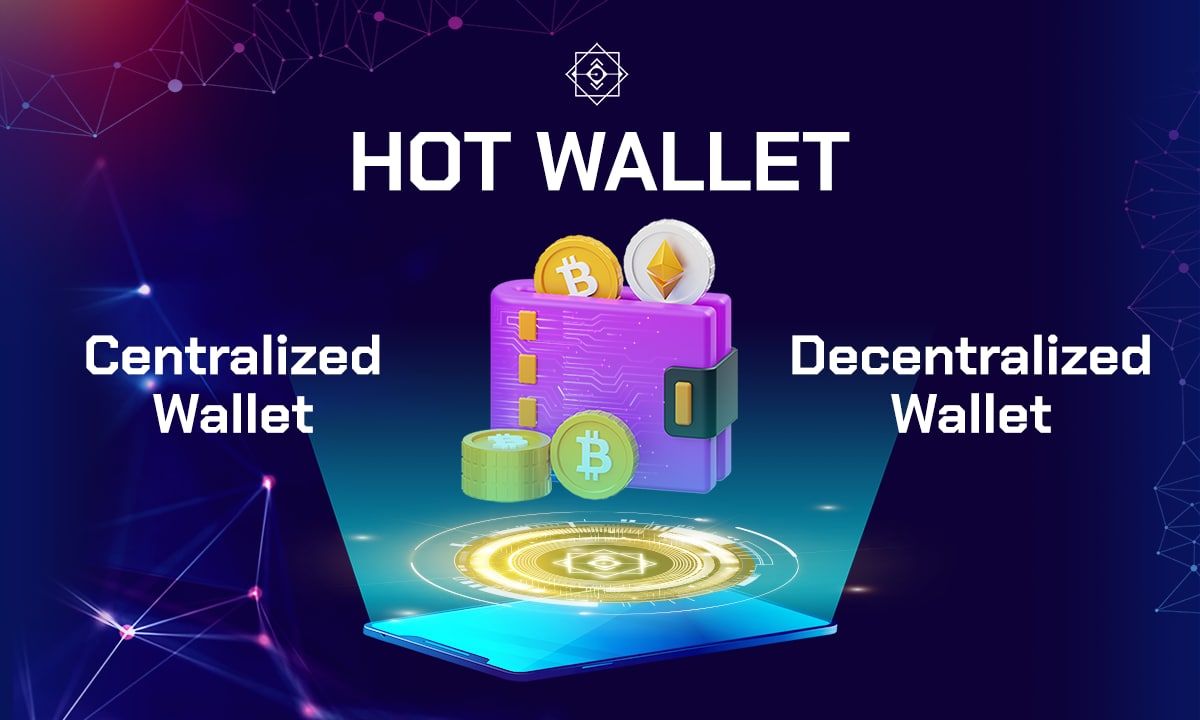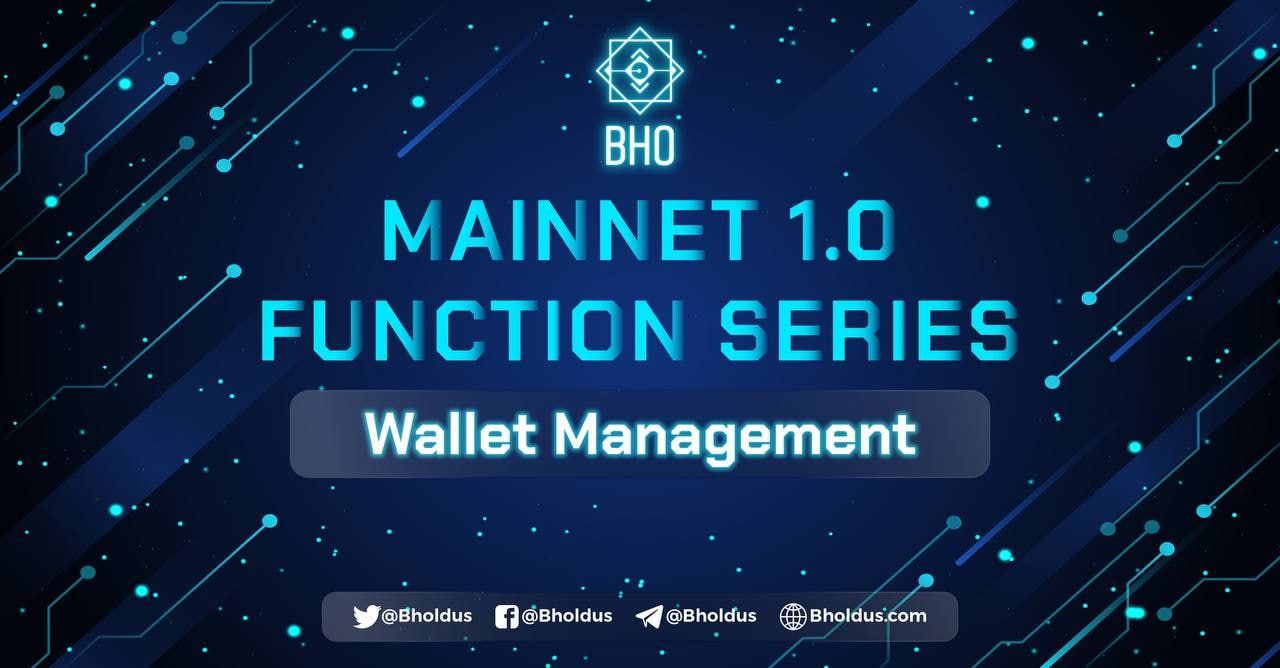- Blog
- Crypto News
- What is DAG? Application of Directed Acyclic Graph in Crypto
What is DAG? Application of Directed Acyclic Graph in Crypto
- 1. About DAG
- 1.1 What is DAG?
- 1.2 How DAG (Directed Acyclic Graph) works
- 1.3 DAG is used for what purpose
- 2. Pros and cons of DAG
- 2.1 Advantages of DAG
- 2.2 Disadvantages of DAG
- 3. Role of DAG in Blockchain
What is DAG? DAG stands for Directed Acyclic Graph. This term is used in the Crypto model. It's a relatively new pattern in the cryptocurrency market. DAG has many differences from the blockchain model. So what's so special about this model? Let's find out with BHO Network through the article below!
1. About DAG
DAG is one of the new models in the cryptocurrency market. In this section, we will learn what DAG is, how it works, and what it is used for.
1.1 What is DAG?
DAG (short for Directed Acyclic Graph) is a model or data structure used in crypto.
- Model a is a blockchain system. Data materials are arranged in blocks and stacked on top of each other.
- Model b is a DAG system. Data is arranged as a graph. The focus is on data storage and processing.
DAG is a potential model for high performance for Cryptocurrency because of the trade-off between decentralization and transaction processing efficiency. In this model, validators or miners do not have to compete with each other to find new blocks to add to the blockchain. Instead, nodes will grow concurrently so that transactions can be processed more quickly.
1.2 How DAG (Directed Acyclic Graph) works
DAG stores data in the form of a directed alternating graph, and this type of structure ensures high efficiency in data storage. Each circle in the DAG texture is a transaction.
In this model, there is no block. The transactions here are not aggregated into a block. New transactions added must be based on old transactions.
Example: If you want to create a new transaction. For this transaction to be added to the texture, it must reference previous old transactions.
Besides, each transaction can have more than one proof. Therefore, the model allows the processing of many trades simultaneously. As a result, the transaction processing speed is faster. Users do not need to wait for the completion of the old transaction before making a new transaction.
1.3 DAG is used for what purpose
After learning about what DAG is and how DAG works, next, we will discover the use of DAG. The DAG structure is highly efficient in data storage and processing, but it also has the disadvantage of limited ability to support smart contracts. Therefore, DAG is also affected. Here are two great applications of DAG so far.
IOTA App:
This application focuses on the Internet of Things, allowing transactions to be processed faster and more conveniently. This application aims for all users participating in the network to become validators.
Nano App:
-
Nano is a crypto-based cryptography combination of DAG and Blockchain. This application has independent blockchains connected by nodes called block-lattice.
-
With the nano application, each user will own a personal wallet and a private blockchain. Only users can make transaction changes on their wallets. Transactions are completed only when the receiver and sender perform operations on their respective blockchains.
2. Pros and cons of DAG
DAG has both pros and cons. Let's see what they are!
2.1 Advantages of DAG
In terms of advantages, DAG has the following benefits:
-
Transaction speed: unlimited blocktime, unlimited number of transactions. Anyone can send and process transactions as long as they have referenced previous transactions.
-
Low energy: this model does not use consensus algorithms such as PoW or POS, so the cost and carbon emissions are also significantly reduced.
-
Free transaction costs: users do not need to pay any fees, or if any, it is minimal when. This advantage is suitable for low-value microtransactions.
-
Scalability: DAGs can handle more transactions per second than other traditional blockchains due to no blocktime limit. In the case of using the Internet of Things (IoT), this is more valuable.
2.2 Disadvantages of DAG
However, DAG also exists the following limitations:
-
Not completely decentralized: protocols using the DAG fabric will have different centralization elements. Therefore, this is a pretty big drawback for some people.
-
Spam Attack: because there is no transaction cost, the DAG model is vulnerable to harmful factors.
3. Role of DAG in Blockchain
DAG can be an alternative to blockchain, called a temporary alternative. DAG is working with blockchain to find ways to improve many things, such as cost, speed, and scalability.
Technically, these patterns record transactions and work towards a common goal. The difference between DAG and blockchain is the structure used to store data.
So we have answered the question, what is DAG? We also find out all the related information, including its advantages, disadvantages, and application in the cryptocurrency market. BHO Network hopes you'll have a better view of this model and decide whether to invest in it.
Published on August 02, 2022
Tagged topics
